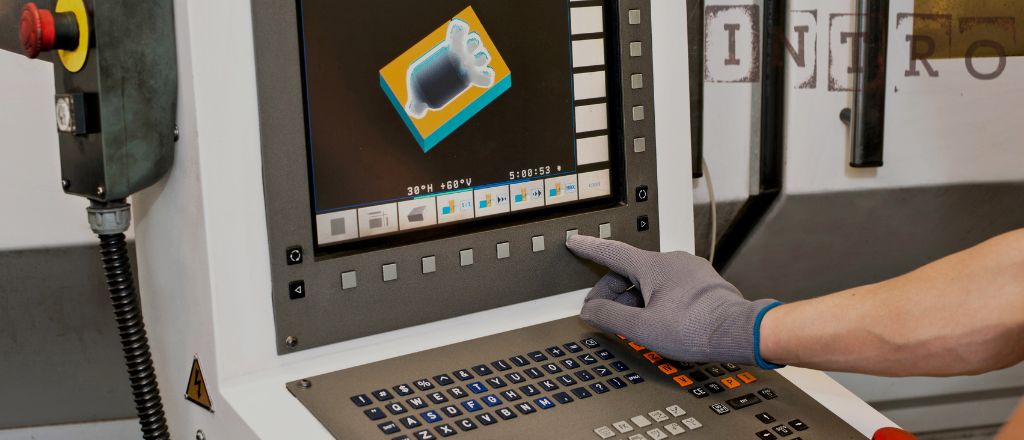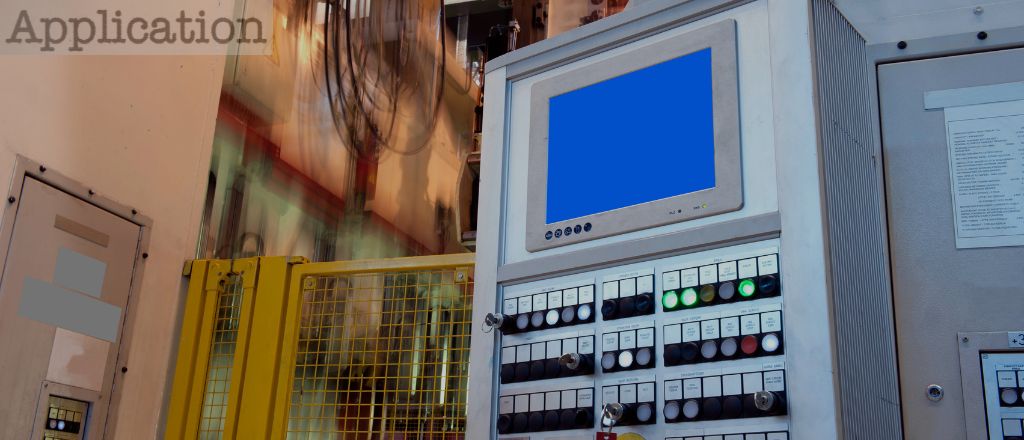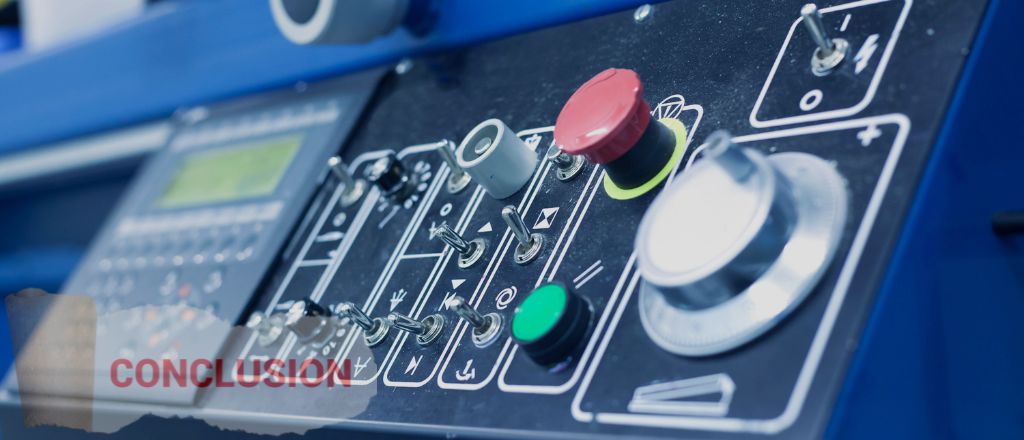A programmable controller (PLC) automates industrial processes by receiving input signals, processing them based on programmed logic, and controlling output devices like motors and sensors.
Programmable Controller Introduction

Basic Definition of Programmable Controllers
Programmable controllers are specialised computing devices designed to manage and automate industrial processes. These devices execute pre-written programs dictating how machinery or systems function in real time. Unlike general-purpose computers, programmable controllers prioritise reliability, durability, and precise control to perform effectively in challenging industrial environments. Their design ensures seamless operation even under extreme temperatures, vibrations, or electromagnetic interference.
At their core, programmable controllers serve as the brains of automated systems. They receive input signals from sensors or user commands, process this information, and send output signals to actuators, motors, or other devices to perform specific tasks. This functionality enables them to play a critical role in modern industrial automation.
Interviewer: Trevor, as an expert in industrial automation, how would you define programmable controllers in Layman's terms?
Trevor Blevins: Sure. Think of a programmable controller as a highly reliable and ruggedised computer that controls machines and processes. It handles specific tasks precisely and never fails, even in harsh conditions. For instance, it's the reason an assembly line can operate efficiently or a chemical plant can maintain safety standards.
Key Differences Between PLCs and Programmable Controllers
PLC systems and their counterparts are closely related but differ in specific ways. PLC systems are a subset designed specifically for industrial control applications. While all PLC systems fall under the broader category, not all devices in this category are PLCs.
- Functionality: PLCs focus on discrete and sequential control tasks, such as assembly line operations or robotic arm movements. In contrast, these devices can handle a broader range of applications, including complex process control, motion control, and data acquisition.
Interviewer: Trevor, could you elaborate on the difference between PLC systems and general programmable devices?
Trevor Blevins: Absolutely. A PLC is essentially a specialized programmable device but is purpose-built for industrial environments. It handles straightforward tasks like turning machines on or off in a sequence. A general programmable device, however, might oversee more sophisticated systems, such as controlling temperature, managing logistics, or even integrating AI algorithms for decision-making.
- Complexity: PLC systems are simpler in architecture and programming than advanced programmable devices. This simplicity makes them ideal for straightforward automation tasks. At the same time, these devices can manage sophisticated systems involving multiple variables and processes.
- Programming Environment: PLC systems primarily use ladder logic for programming, a method tailored to engineers familiar with electrical schematics. Other programmable devices, however, may support additional languages like structured text, function block diagrams, and sequential function charts.
Interviewer: What about programming? Is it significantly different for these devices?
Trevor Blevins: Definitely. Ladder logic used in PLC systems is intuitive for those with an electrical background. But for more complex systems, programmable devices offer multiple programming options, making them versatile for advanced use cases. You might use structured text or function blocks to simplify complex logic.
Programmable Controller Applications

Use in Industrial Automation
These control systems are indispensable in industrial automation, where efficiency, precision, and reliability are paramount. They streamline operations by automating repetitive or hazardous tasks, ensuring consistent product quality, and reducing operational costs.
Interviewer: Trevor, where do we see these systems making the most significant impact in industrial automation?
Trevor Blevins: They're everywhere. From managing assembly lines in car factories to controlling packaging machines in food production, these systems ensure precision and speed. One of the most remarkable applications is in robotics—they synchronise multiple robotic arms to work together flawlessly.
- Assembly Lines: These systems coordinate various machines and robotic arms in assembly lines. Synchronising tasks enhances production speed and minimises errors, leading to higher throughput and reduced waste.
-
Material Handling: Industries use these systems to manage conveyors, sorters, and automated storage systems. They ensure smooth and efficient movement of materials within warehouses or production facilities.
Interviewer: What about material handling? How do these systems optimise these processes?
Trevor Blevins: In warehouses, for example, they're essential for conveyor systems and automated sorters. They help track items, ensure accurate placement, and even integrate with inventory software for seamless operations.
- Machine Control: These systems regulate the functioning of complex machinery. For example, they oversee processes like welding, painting, and parts installation in the automotive industry.
- Energy Management: These systems optimise energy consumption by monitoring and adjusting demand-based equipment usage. This application is particularly beneficial in industries seeking to reduce energy costs and achieve sustainability goals.
Benefits of Programmable Controllers in Process Control
Process control involves managing variables like temperature, pressure, flow, and level in industrial systems. Programmable controllers excel in this domain by offering the following advantages:
-
Real-Time Monitoring: Programmable controllers continuously monitor process parameters and adjust operations to maintain desired levels. This capability ensures consistency and adherence to quality standards.
Interviewer: Can you explain how programmable controllers ensure real-time monitoring?
Trevor Blevins: They're constantly gathering data from sensors, and within milliseconds, they process and act on this information. It's like having a vigilant supervisor who never takes a break.
-
Flexibility: Programmable controllers can adapt to changing process requirements. Operators can quickly implement new control strategies or accommodate different product specifications without altering hardware by modifying the program.
Interviewer: Flexibility seems key. How does it help industries stay competitive?
Trevor Blevins: Absolutely. Industries need to adapt to market demands quickly. Programmable controllers allow them to switch product lines or update processes by reprogramming the system, saving time and money.
- Improved Safety: Programmable controllers enhance safety in critical industries like chemical processing or oil and gas by detecting anomalies and triggering alarms or emergency shutdowns. Their reliability minimises the risk of accidents and ensures worker safety.
-
Data Collection and Analysis: Programmable controllers collect valuable data during operations, enabling operators to analyse performance trends and identify areas for improvement. This data-driven approach fosters informed decision-making and continuous process optimisation.
Interviewer: Trevor, with data collection so vital, how do programmable controllers support decision-making?
Trevor Blevins: They're like a treasure trove of operational insights. The data they collect can reveal inefficiencies, predict maintenance needs, and even identify opportunities to improve product quality. It's invaluable for modern industries.
Conclusion

Programmable controllers represent a cornerstone of modern industrial automation and process control. Their ability to execute precise, reliable, and adaptable control tasks has transformed industries' operations. By understanding their capabilities and applications, businesses can leverage programmable controllers to enhance their operations' efficiency, safety, and sustainability.
Interviewer: Trevor, any final thoughts on the importance of programmable controllers?
Trevor Blevins: They're the unsung heroes of industrial automation. Without them, we'd struggle to achieve the speed, precision, and reliability we've come to expect. For industries looking to stay ahead, investing in these technologies is non-negotiable.
Frequently Asked Questions
Yes, PLCs are widely used in various industries, including manufacturing, automotive, and energy production, for automating complex processes and ensuring efficient and reliable operations.
PLC (Programmable Logic Controller) is a digital computer used for automating control processes. It works by receiving input from sensors, processing data through pre-programmed instructions, and controlling output devices like actuators or motors.
A PLC is designed for industrial automation with robust, real-time control capabilities, while a microcontroller is a small, general-purpose processor used in embedded systems for simpler tasks, often with lower power and cost requirements.

